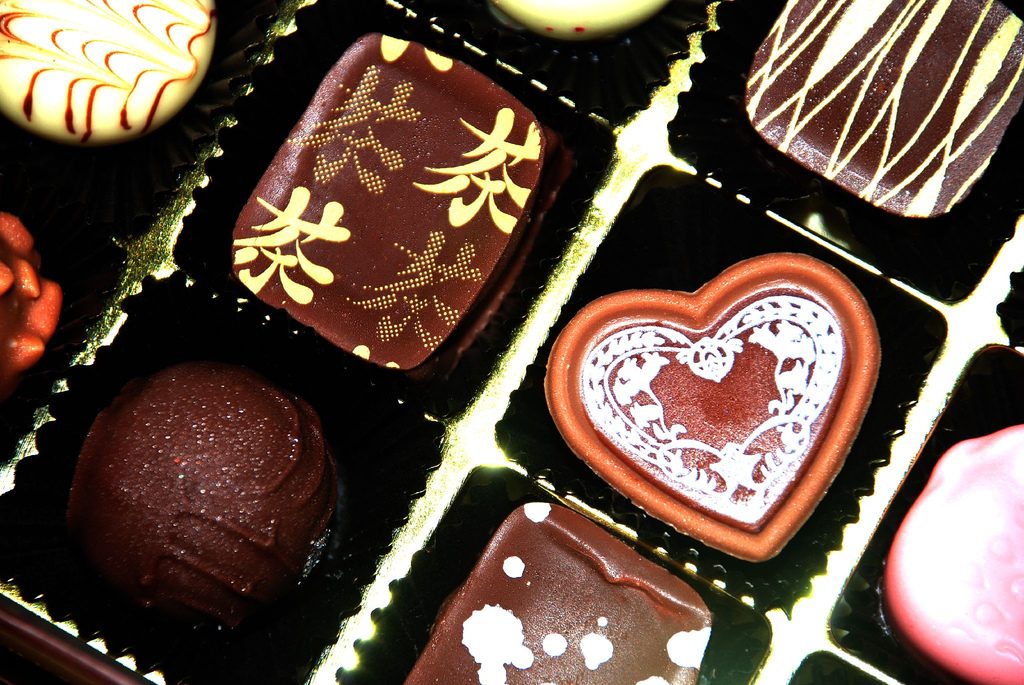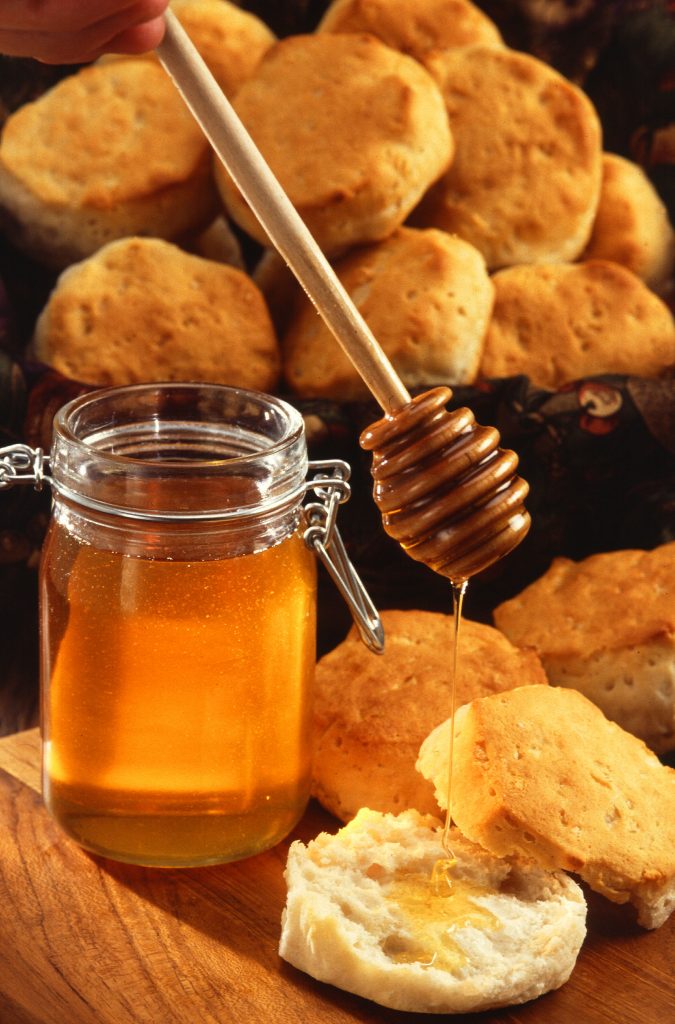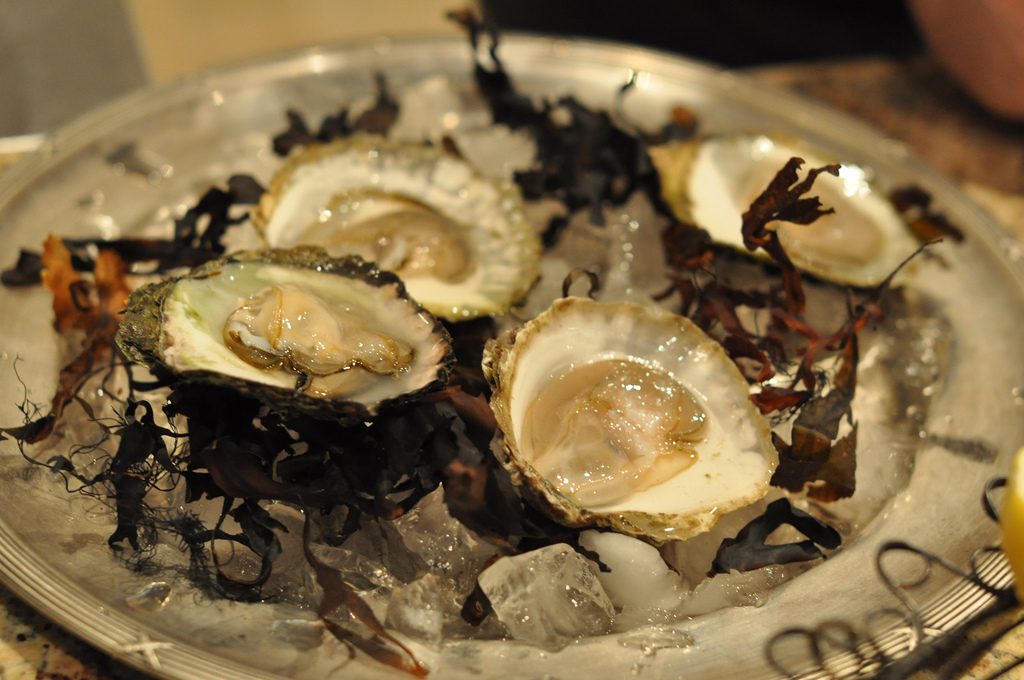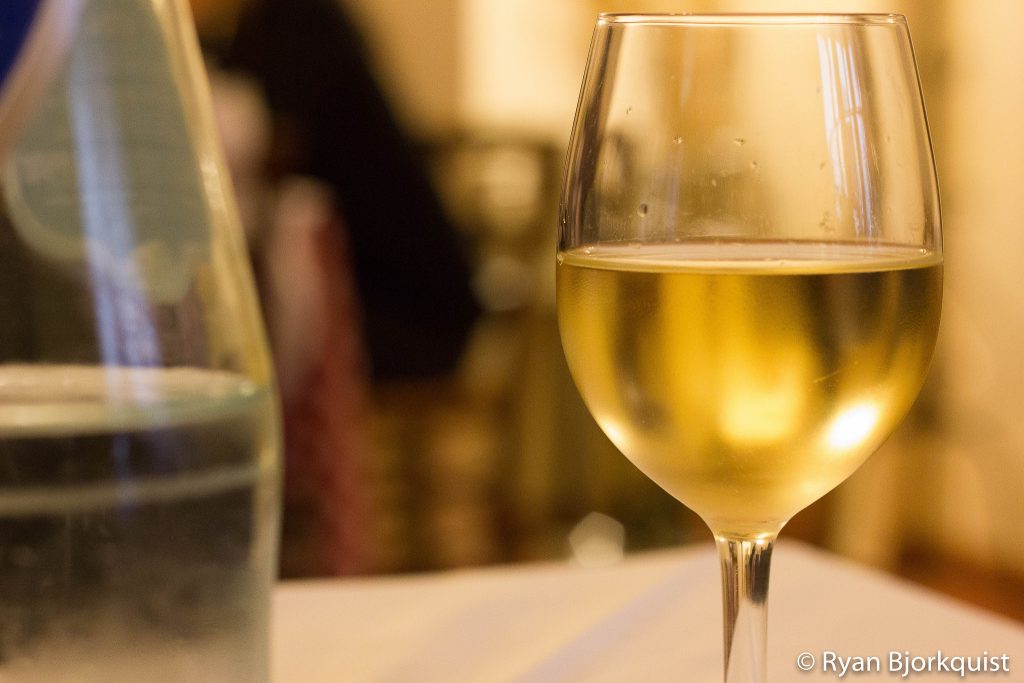Whether you’re loved up or living the single life, the approach of Valentines’ Day is inescapable. At the top of many people’s list of Valentine plans include a nice meal out, perhaps featuring something to get you in the mood – aphrodisiacs.
Historically, aphrodisiacs fall into one of five categories: foods that make you hot (such as curry), foods that look like something naughty (e.g. oyster, some fruits), reproductive organs and eggs, foods that stimulate the senses like touch and smell, and exotic foods (like cocoa and potatoes when they were new to Europe in the 16th century – maybe college has the right idea…).
But is there any truth in it? Here’s what science has to say.
Our sex drive is controlled by our hormone levels, especially testosterone. When we see, hear, feel, touch etc anything sexually stimulating, signals are sent along the nervous system from the limbic lobe of the brain to the pelvic region. Blood vessels there dilate, stimulating the erectile tissue in both men and women. The vessels close, leaving the tissue erect. Simultaneously, the brain releases norepinephrine and dopamine, neurotransmitters that tell us that this feels good.
Aphrodisiacs can work in two ways – by affecting the mind or affecting the body. For example, something might increase blood flow in the sex organs might stimulate desire or chemicals like alcohol that lower inhibition might have the same effect. It’s easy to see if foods could stimulate the production of these hormones; what’s hard is finding whether the chemicals are produced in high enough quantity to have an effect.
Here’s what scientists know about some of our favourite well-known aphrodisiacs:
| Chocolate
I hate to break the sad news, but despite its reputation, chocolate has never had any aphrodisiac effects. The myth originated in Aztec times, and originally scientists thought that the higher levels of serotonin promoted by chocolate played a role in sexual desire. Unfortunately, there isn’t any evidence that this makes an appreciable difference between groups of chocolate consumers and non-consumers. Don’t worry though – there are plenty of other benefits to chocolate, including evidence that it is good for the heart, its antioxidant contents, and its reported memory boosting effects. It also contains phenylethylamine and serotonin, both of which make us feel good. |
 |
| Honey
Despite the obvious link to the ‘honeymoon’, honey has also not been shown to have any aphrodisiac effects. In the 16th century it was traditional for newly-weds to drink fermented honey until the first moon of their marriage, apparently to get them in the right frame of mind for married life. Honey does contain B vitamins, which are needed for testosterone production, and boron, which helps the body metabolise and use oestrogen, and may also enhance blood levels of testosterone. Scientists think that this is unlikely to be enough for us to see any effect though.‘Mad Honey’, however, is a honey made from nectar containing a toxin called grayanotoxin, is the exception. It is largely produced in Turkey and advertised as a sexual stimulant, and does increase vaginal stimulation, but don’t get too excited – it can lead to all sorts of health problems including heart disease. Better get the chocolate out. |
 |
| Oysters
Apparently, Cassanova, the renowned lover, ate 50 oysters a day to boost his sexual drive and stamina. They contain zinc, which is required for the production of testosterone, as well as amino acids and serotonin, which is linked to a person’s response to pleasure. They also contain D-aspartic acids and NMDA (N-methyl-D-aspartate), which may help in the release of testosterone and oestrogen. There are no reasonable trials which show that oysters have any aphrodisiac effect though – although these chemicals may be released, it’s unlikely that there are enough of them to have any measurable effect. |
 |
| Alcohol
As you might expect, less is more with alcohol. A bit can increase your desire, but go too far and you’ll find yourself sleepy and unable to perform. The sweet spot? Stop drinking when you’d be over the limit for driving. |
 |
It turns out that most of the foods we think are sexually stimulating are not actually doing anything. But don’t give up! Just the ritual of eating a sensual food with your partner can help to get both of you in the mood.




